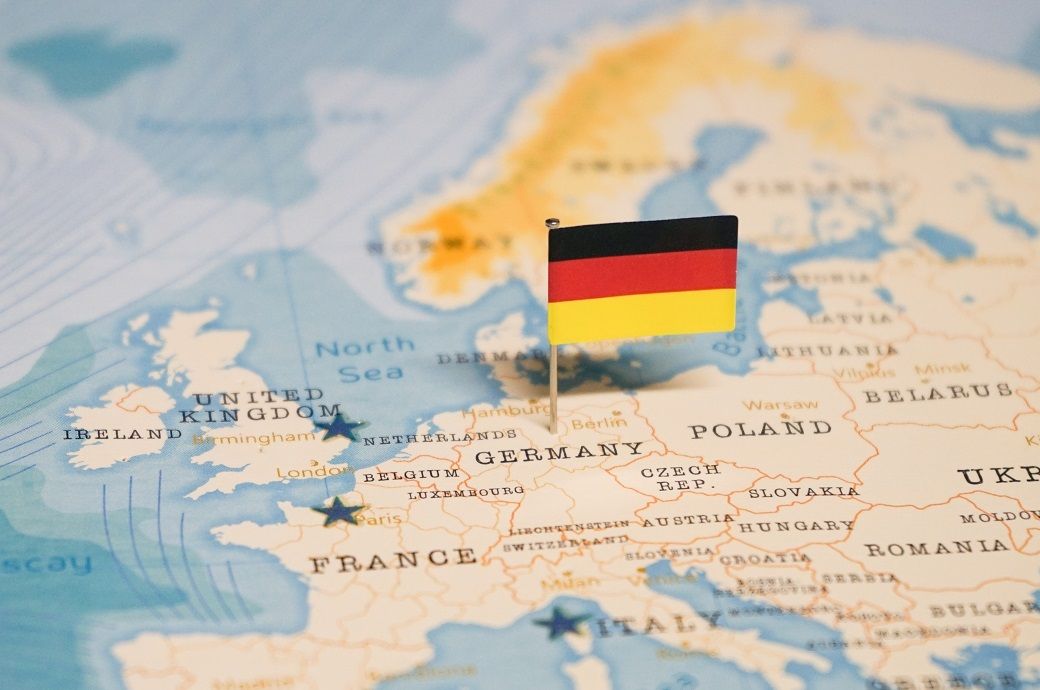
Stagnation is expected in Q2 2025 as there was a noticeable decline in industrial production and exports in April due to the pull-forward effects.
Average quarterly gross domestic product (GDP) growth will increase to 0.4 per cent in 2026, meaning that the underutilisation of overall economic capacity will gradually decrease and the German economy will enter a recovery phase.
Germany’s economic recovery momentum of Q1 2025 cannot be maintained over the rest of the year, the ifo Institute for Economic Research has said.
Stagnation is expected in Q2 2025 as there was a noticeable decline in industrial production and exports in April.
Price-adjusted GDP will rise by 0.3 per cent in 2025 and by 1.5 per cent in 2026.
However, the outlook remains cautiously positive.
Overall, price-adjusted GDP will rise by 0.3 per cent in 2025 and by 1.5 per cent in 2026. Compared to the spring 2025 forecast, the growth rates have thus been raised by 0.1 and 0.7 percentage points respectively. The revision is mainly due to the additional fiscal stimuli, which will increase real GDP by around €25 billion in 2026, the institute said in its ‘Economic Forecast Summer 2025’.
However, the outlook remains cautiously positive, thanks to the improved order situation and optimistic sentiment indicators. The increasing optimism is probably also due to hopes for a reboot of economic policy with the new German government and progress in the trade conflict with the United States.
The forecast assumes that there will be no further changes to US trade policy.
Nevertheless, the tariff increases on EU imports that have already come into force are weighing on export business. According to model calculations, they will dampen German GDP growth by 0.1 percentage points in 2025 and by 0.3 percentage points in 2026, ifo said in a release citing the forecast report.
In Q1 2025, the German economy saw a strong growth of 0.4 per cent quarter on quarter. Around half of this increase was due to exports to the United States being brought forward in response to anticipated US tariff increases. Private consumption and investment activity did, however, also contribute to the positive trend.
Numerous indicators suggest that the crisis in the German economy reached its low point in the winter half-year of 2024-25. Private consumption has been developing positively for four quarters, and the trend is accelerating. The gains in purchasing power resulting from the increase in real incomes are increasingly being spent and no longer saved.
German government consumption and investment expenditure as well as corporate investment are likely to increase noticeably, particularly in the coming year.
There are also initial positive signs on the labour market. A slight upturn in employment is expected in the coming months in line with the gradual recovery. However, a strong acceleration in employment growth will remain limited due to demographic trends—the number of people of working age will fall from 2025, the institute said.
After a decline of 26,000 in 2025, the number of people in employment will increase by around 121,000 in 2026. Registered unemployment is expected to rise by 161,000 in 2025 and then fall by 63,000 in 2026. The unemployment rate in 2025 and 2026 will therefore be 6.3 per cent and 6.1 per cent respectively, the institute added.
Fibre2Fashion News Desk (DS)

